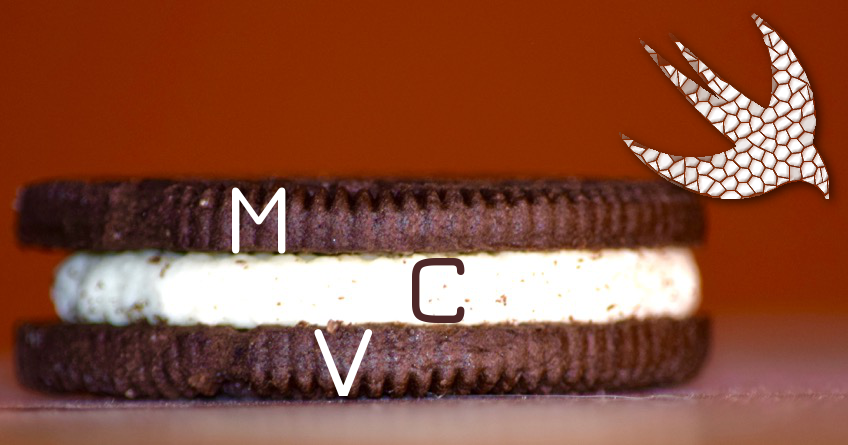Avoiding Double Stuffed View Controllers in MVC
Imagine you’re building a house. After months of waiting you sit down with the architect to see the plans. Unfortunately there’s a problem. Everything you asked for is there but it’s all in one giant room! “I can’t take a poo in front of my spouse. It’s a line we don’t cross.” – you remark. Just as designing a building requires dedicated rooms for dedicated purposes so does code. Model-View-Controller is a way to architect code into 3 distinct layers that achieve 3 separate purposes. Along with compartmentalizing code MVC also lays out a structure for how these layers should communicate with each other. The nature of Apple’s UIKit framework makes it easy to separate objects in the view layer from the controller layer. However, because it’s not strictly enforced, there’s a tendency to put app logic and data in the vcs (view controllers), leaving them looking “double stuffed”.


